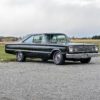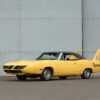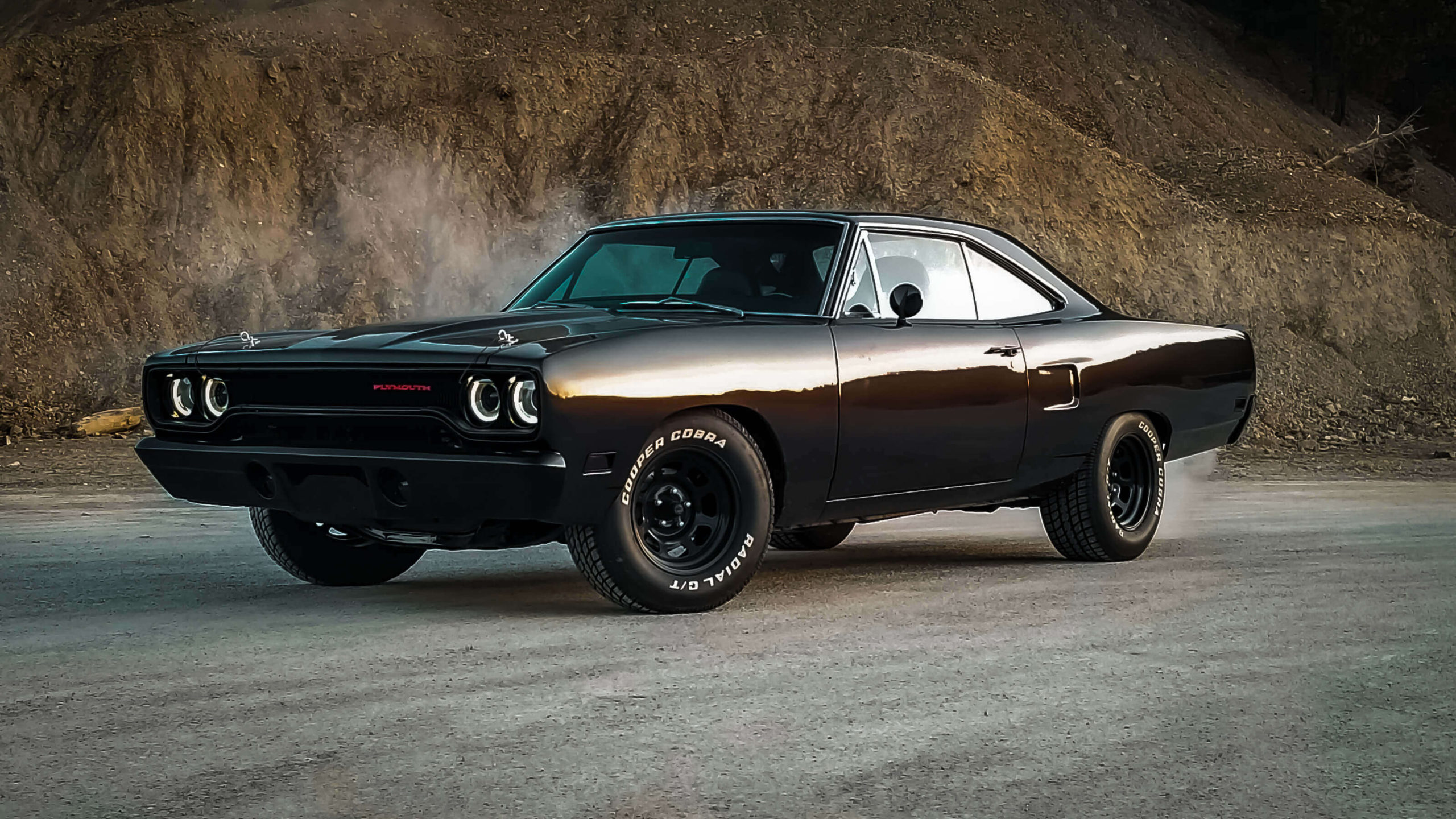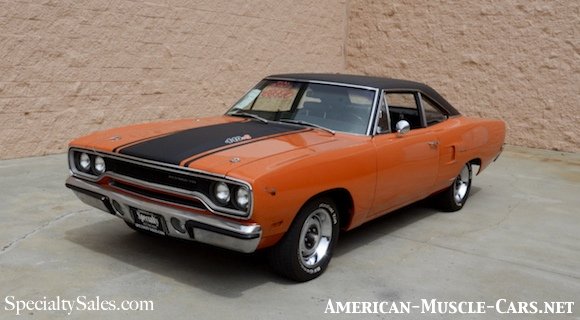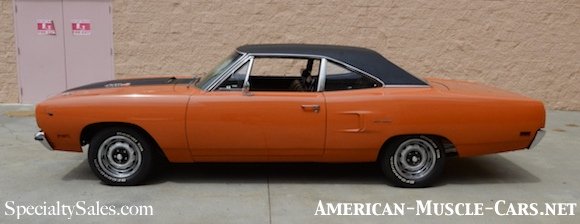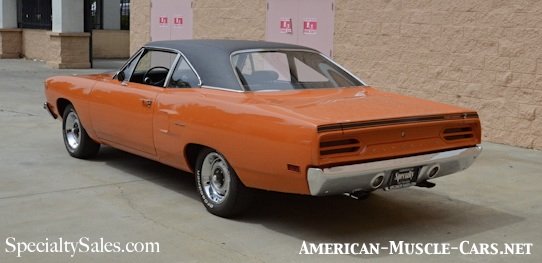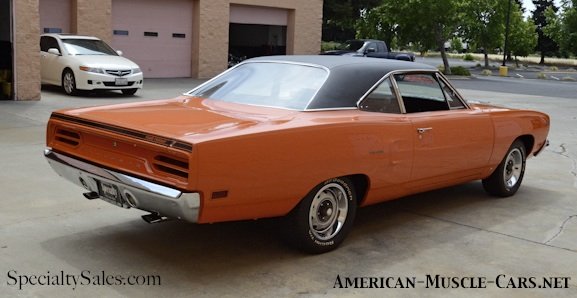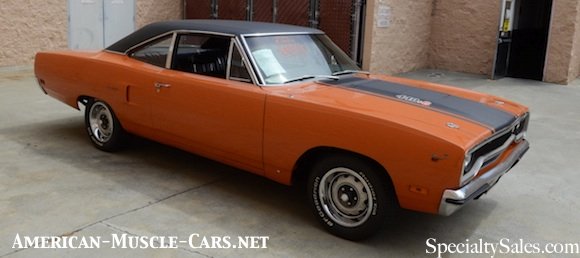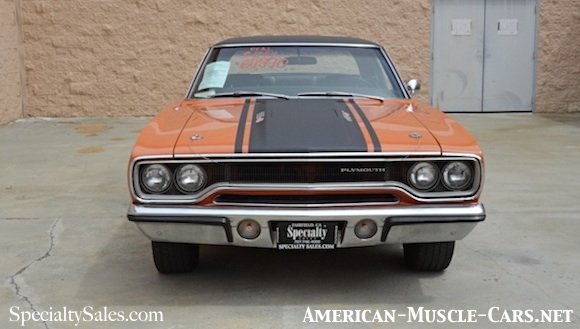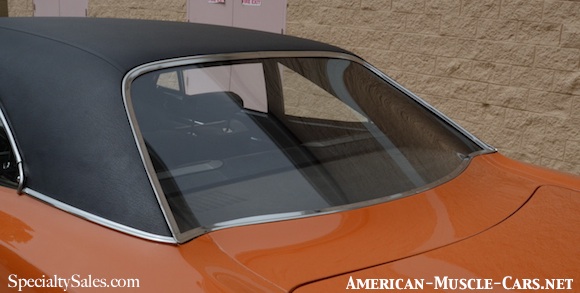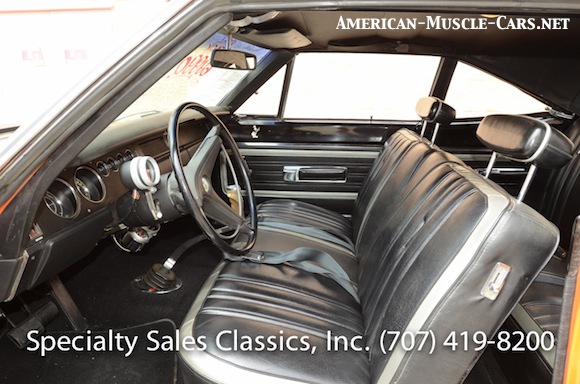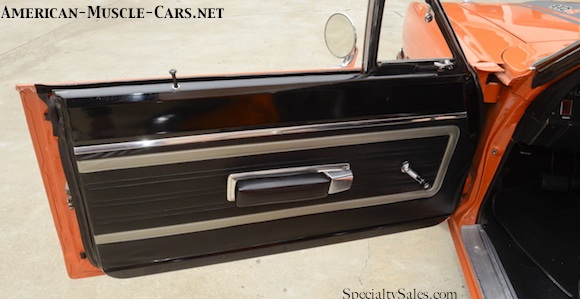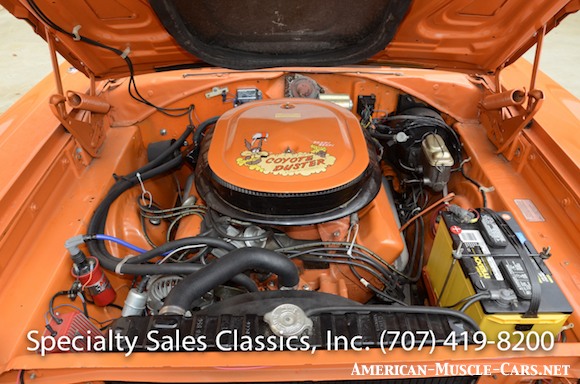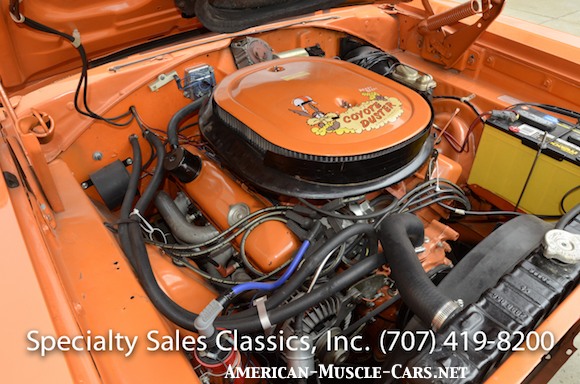1970 Plymouth Roadrunner

1970 PLYMOUTH ROADRUNNER GETS A NEW SKIN
The 1970 gets a new skin, all but the greenhouse, giving it a sleek new modern look. Along with it comes leather seats, and Kelsey-Hayes front disk brakes (a welcome improvement over earlier Bendix units). The Air Grabber Hood returned with one big opening in the center, facing forward with big sharks teeth painted on it. It could be opened or closed manually from a dash mounted switch. The dash board is improved. A whole rash of wild “high impact” colors is introduced including In-Violet, Moulin Rouge and Vitamin C, among others.
1970 Plymouth Superbird

1970 PLYMOUTH ROADRUNNER BECOMES A SUPERBIRD
Dodge and Plymouth were heavy into NASCAR in the 1960s and had big ambitions. However their midsize B-body cars, the Dodge Chargers and Plymouth Roadrunners they were running at the time were about as aerodynamic as a truck. Dodge was first to ‘think outside the box’ when they added a massive nose cone and laughably-tall rear wing to the Charger to create the 1969 Dodge Daytona. The tapered nose cut through the wind and the big wing gave the rear end a little downforce, enough to turn Dodge’s NASCAR effort around. Plymouth quickly responded with their own version of the same idea, with a much-nicer, more finished-looking note cone and wing added to the 1970 Roadrunner, creating the very limited-edition, one-year-only 1970 Plymouth Superbird. Just 1,920 were built, most with 375-horse 440 Magnums. But a few, very few, got the 440 Six-Pack, and fewer still the 426 Hemi.
1970 Plymouth Roadrunner INTERIOR
1970 Plymouth Roadrunner ENGINES
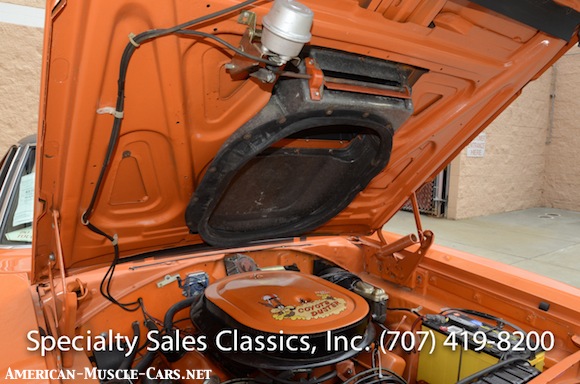
1970 PLYMOUTH ROADRUNNER ENGINE OPTIONS
The 383 big block V8 continued to be the standard engine in the Roadrunner, with single 4-barrel carburetor and making 335hp. Next up was the 440 Magnum, also a big block, which with single 4-barrel produced 375hp, and gobs of torque. Above that was the 440 Six-Pack with three 2-barrel carburetors which in prior years were mounted to an aluminum Edelbrock M-code intake manifold. But likely in a cost-cutting move, Plymouth intalled its own cast iron manifold instead on the ’70 Roadrunner, but they were so poorly made that most were recalled and the Edelbrocks were installed under warranty, and of course the factory went back to the Edelbrocks on the production line. The 426 Hemi continued to be the top engine, because it was darn near the top engine on the planet at the time. With an underrated 425hp and 500 lb-ft of torque, the Hemi was a juggernaut. 1970 was truly the peak of the Classic Muscle Car Era as well as the peak in horsepower and performance. From 1971 on, performance would be heading downhill fast.
1970 Plymouth Roadrunner SPECIFICATIONS
| Body style
Model # / Body style # Production Price when new Wheelbase Length Width Height Track, front Track, rear Tire size Shipping weight ENGINE OPTIONS Standard engine Optional engines PERFORMANCE 383 V8 / 335hp 426 Hemi / 425hp SUPERBIRD Model # / Body style # Production Price when new |
2-door Coupe
FR2 / RM21 15,716 $2,986 116.0 in / 2946 mm 204 in / 5181 mm 79.1 in / 2009 mm 52.9 in / 1344 mm 60.1 in 62.0 in F78 X 14″ 3,450 lbs 383ci V8 w/1X4bbl 440ci V8 w/1X4-bbl 440ci V8 w/3X2bbl 426ci HEMI w/2X4bbl Zero-to-60: 7.1 sec Zero-to-60: 5.3 sec |
2-door Hardtop Coupe
FR2 / RM23 25,944 $3,034 116.0 in / 2946 mm 204 in / 5181 mm 79.1 in / 2009 mm 52.9 in / 1344 mm 60.1 in 62.0 in F78 X 14″ 3,475 lbs 335 hp @ 375 hp @ 390 hp @ 425 hp @ 1/4-mile: 1/4-mile: FR2 / RM23 1,920 $4,298 |
2-door Convertible
FR2 / RM 824 $3,289 116.0 in / 2946 mm 204 in / 5181 mm 79.1 in / 2009 mm 52.9 in / 1344 mm 60.1 in 62.0 in F78 X 14″ 3,550 lbs 480 lb/ft @ 480 lb/ft @ 490 lb/ft @ 15.0 sec @ 96 mph 13.49 sec @ 105 mph |


